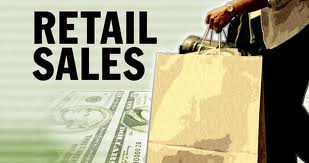Economists were worried about the looming tax increases and spending cuts at the end of 2012 and yet consumers kept on shopping. Retail sales in the United States increased 0.5 percent to $415.7 billion in December. They didn’t worry about the fiscal cliff and went on a holiday shopping spree.
The increase in retail sales was the second since November’s increase of 0.4 percent. Analysts said that the fiscal cliff talks weakened confidence more than it weakened actual spending as sales finished in a decent manner in December.
The demand was high for autos, furniture, apparel, and restaurants. Consumer spending is a vital driver of the nation’s economy. From November to December, motor vehicle dealers got 1.8 percent gain. Clothing retailers saw their sales increase 1 percent. Sales at bars and restaurants increased 1.2 percent.
Stocks were down in morning trading with both the Nasdaq and S&P dropped less than 1 percent. The Labor Department released data Tuesday that showed wholesale prices dropped for the third straight day in December. The producer price index fell 0.2 percent last month after a 0.8 percent drop in November.
The drop was the result of the 0.9 percent decline in prices for finished consumer foods, which is the first since May. It was driven by the 4.8 percent drop in veal and beef prices as well as lower prices for cheese and vegetables.
The National Retail Foundation said that retail sales for November and December totaled $579.8 billion, which is an increase of 3 percent compared to the same period in 2011. The same reading increased 5.6 percent in 2011 and 5.5 percent in 2010.
